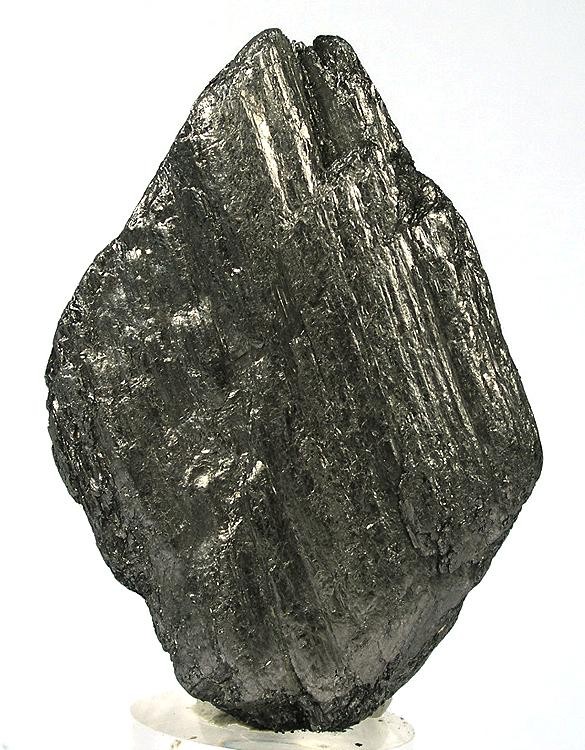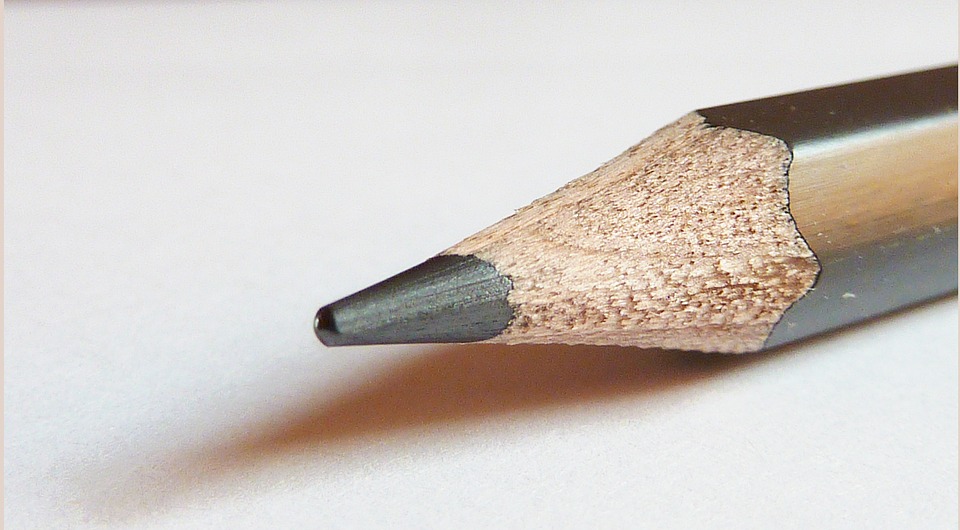Coal Vs Diamonds

This online workshop will be looking at the properties of coal and diamonds.
Why these two totally different materials?
During this activity we hope to explain how they are not as completely different as they first appear.

This online workshop will be looking at the properties of coal and diamonds.
Why these two totally different materials?
During this activity we hope to explain how they are not as completely different as they first appear.

Coal has been used as a fuel for approximately 3000 years. It is created when organic material (dead animals and plants) become buried under enough weight to press it together into a solid seam (large block) of black rock. This is why we call coal a fossil fuel - it is made up of animals and plants that died millions of year ago. It also means that once we only have a limited supply as it will take another few million years to replace it.
How would you describe a piece of coal to someone who had never seen or heard of it before?
Try to come up with five different properties (descriptions) of coal.
Coal is:
Click on the images below for more information.
Power Station
Stove
Minecraft Furnace
Bath time
Farming
Building Materials
Stainless Steel Screws
Drinking Water
Aspirin
Mountain Bikes
Sweets
Explosives
Diamonds have been used in jewellery for over 2000 years. The first of these precious stones were retrieved from rivers in a way similar to gold-panning. We didn't start mining diamonds until the 19th Century. They are very expensive due to their rarity and the difficulties of mining and processing them.
How would you describe a diamond to someone who had never seen or heard of it before?
Try to come up with five different properties (descriptions) of diamonds.
Diamond is:
Click on the images below for more information.
Jewellery
Tools
Experimental Cancer Treatments
Computers
Microscopes
Gems
Dentistry
Sound Systems
Lasers
Glass
Skin Care
Watches
We have now looked at the properties of both coal and diamond along with some of their uses.
How can these two materials possibly be related?
True, it would be hard to find two materials any more different from each other on the surface. However, if we take a deeper look into what they are made from, you might be surprised.
Everything is made up of really teeny tiny particles called atoms.
These are so small that even the most powerful microscopes cannot zoom in close enough for us to 'see' them. There are some impressive ones that can detect and/or map the appearance of atoms.
To give you an idea of how far you'd need to zoom in to see an atom check out this cell size and scale animation. Although aimed to show you cell size - it does go all the way down to a carbon atom.
There are many different types of atoms - these can all be seen on the Periodic Table of Elements. We shall be looking at carbon, which is highlighted on the below version of the Periodic Table.

Why is it not called the Periodic Table of Atoms then? What is the difference between atoms and elements?
An element is a group of identical atoms which may, or may not, be joined together.
Let us now take a closer look at one of these elements - carbon.

Carbon is an element made up of just one type of atom. From this image, carbon looks like a black dust. So, it should be of no surprise if we told you that coal is mostly made up of carbon. Remember; coal is not an element because it has a mixture of other different atoms in it.
The interesting thing about carbon is that the atoms can connect to each other in lots of different ways. The way in which they join can change the properties of the carbon structure.

This is graphite. It is made of carbon atoms that form in layers. It is a silvery grey in colour and is used as the 'lead' in pencils.

Can you see the similarity between this and coal? The difference is that graphite is pure carbon, whilst coal has other atoms mixed into its structure.
But what happens if the carbon is forced, by very high pressures, to take up the smallest amount of space possible? Well, instead of forming layers of atoms, it forms a solid 3D gridwork of them. Let's look at how it comes out of the ground then:

It does look a bit like a piece of super shiny graphite, or possibly a chunk of silvery metal.
So, what do we call this type of carbon?
The above image is of the Sewelo Diamond - one of the world's largest uncut diamonds.
How is that a diamond?
Do you remember what was said earlier about diamond? They need to be processed. An uncut diamond is one straight from a mine. These are then cut and polished to make them into jewels. Below is a representation of how the Sewelo diamond will look if it is processed as a single large jewel:

Does that mean we can turn coal into diamonds?
Yes, it is possible to turn coal into diamonds, but it wouldn't make very good diamonds as coal has other atoms than carbon in it - graphite would be a much better choice. However, the huge amounts of pressure that would be needed to do this requires very expensive specialist equipment and lots of electricity. We're talking about pressures greater than that of 17,000 elephants stacked one on top of the other (creating a tower more than six times the height of Mt. Everest).